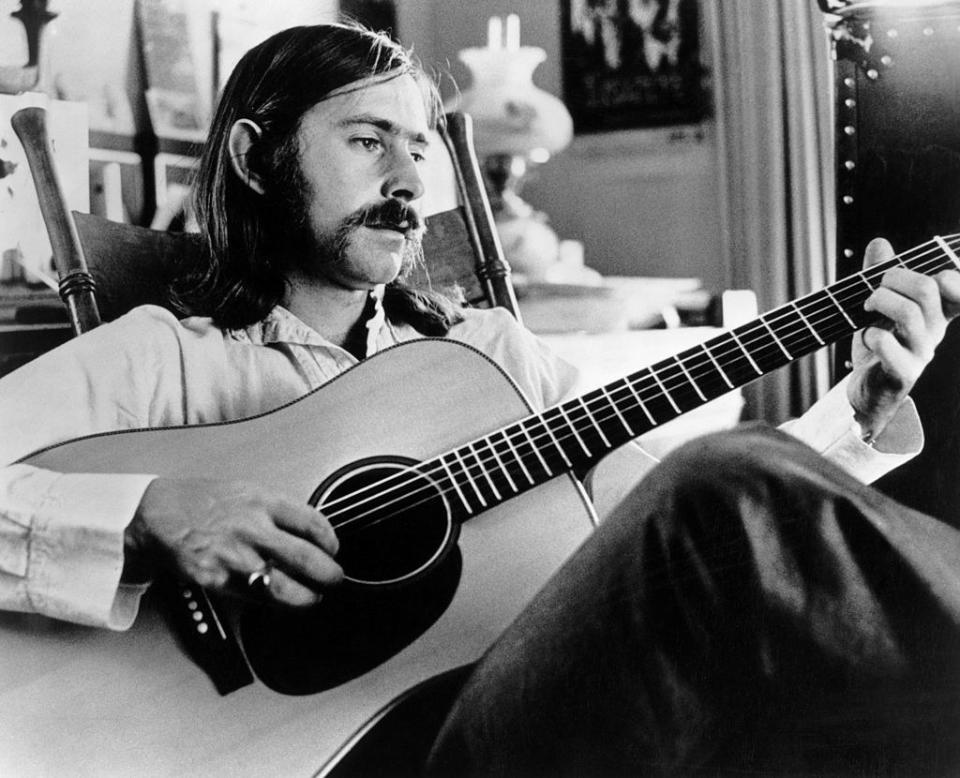"Piano Man," "Dirty Diana," And 14 More Songs That Have Some Pretty Fascinating Behind-The-Scenes Stories
- Oops!Something went wrong.Please try again later.
- Oops!Something went wrong.Please try again later.
- Oops!Something went wrong.Please try again later.
- Oops!Something went wrong.Please try again later.
I loooove a good pop culture fact! Some of my favorite things to read about are the behind-the-scenes details and incredible stories about some of the world's most beloved songs and iconic performances.
Paramount / Via giphy.com
Here are 16 truly fascinating facts and stories about classic songs, from a creepy coincidence surrounding a song from Grease to the alleged connection between the Talking Heads' "Psycho Killer" and the Son of Sam murderer:
1.Queen's "Bohemian Rhapsody" is arguably one of the world's most popular songs — it's been estimated that around the globe, it plays on the radio about once an hour. Freddie Mercury, the band's lead singer, actually had a piano as his bed's headboard and allegedly would wake up in the middle of the night to work on songs whenever inspiration struck. According to the BBC, this was how "Bohemian Rhapsody" was born.
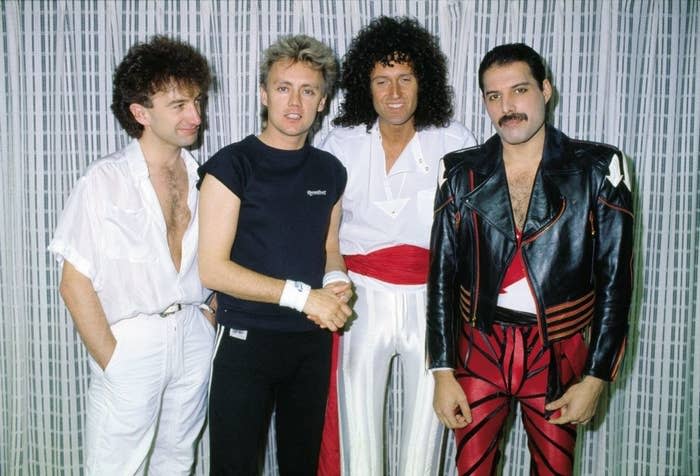
The true meaning of the song, which on the surface is about a man confessing a murder to his mother and his subsequent trial, has long been the subject of debate. Some believe that the song is about Mercury coming to terms with being gay. In 2004, Queen's Greatest Hits album became the first rock album allowed in Iran, where it came with a leaflet explaining that the hero accidentally killed a man, then sold his soul to the devil, only to call to God before his death, thus freeing him.

Listen to "Bohemian Rhapsody" here:
2.In July 1988, Michael Jackson was set to perform at Wembley Stadium as part of his Bad tour. Jackson allegedly decided to remove the song "Dirty Diana" from the setlist out of respect for Princess Diana, who would be attending the show. In a 1997 interview with Barbara Walters, Jackson said that when he met Diana before the show, she asked him if he was going to play the song. He told her that he cut it from the setlist out of respect for her, but she told him that she loved the song and wanted to hear him perform it.
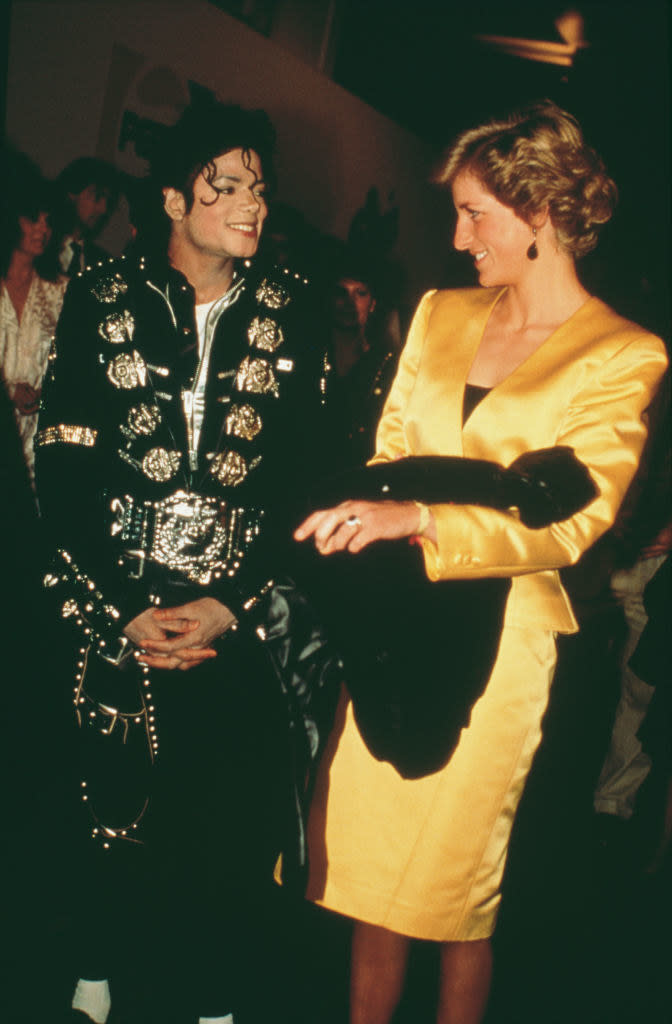
It has often been speculated that Jackson actually wrote "Dirty Diana" with Princess Diana in mind, but Jackson debunked that notion. "It's not about Lady Diana," Jackson told Walters. "It's about certain kinds of girls that hang around concerts or clubs. You know, they call them groupies. I've lived that all my life — they do everything with the band."

Listen to "Dirty Diana" here:
3.When the Talking Heads released their song "Psycho Killer" in 1977, many believed that the band wrote it about David Berkowitz, who was known as the Son of Sam killer. Berkowitz terrorized New York City from 1976 to 1977 and murdered six people during that time. His crimes led to a massive manhunt. Berkowitz received the Son of Sam moniker after he sent letters to New York newspapers signed "Son of Sam." People noted similarities in the lyrics of the song and Berkowitz's story, and assumed that the Talking Heads had based their hit song on the case, which had dominated news coverage.

In reality, David Byrne, lead singer of the Talking Heads, had begun writing the song long before Berkowitz began his killing spree. In the liner notes on one of the band's compilation albums, Byrne wrote that he got the idea for the song after imagining what a ballad written by Alice Cooper, who was known for shocking audiences, might sound like: “Both the Joker and Hannibal Lecter were much more fascinating than the good guys. Everybody sort of roots for the bad guys in movies.” The band started playing a version of the song in 1975, a year before Berkowitz's first crime.

Despite the fact that Byrne had no intention of relating the song to the murders, Sire, the band's record label, decided it was going to promote the song in tandem with coverage about the crimes. "Psycho Killer" was released as a single and became the band's first song to reach the Billboard 100.
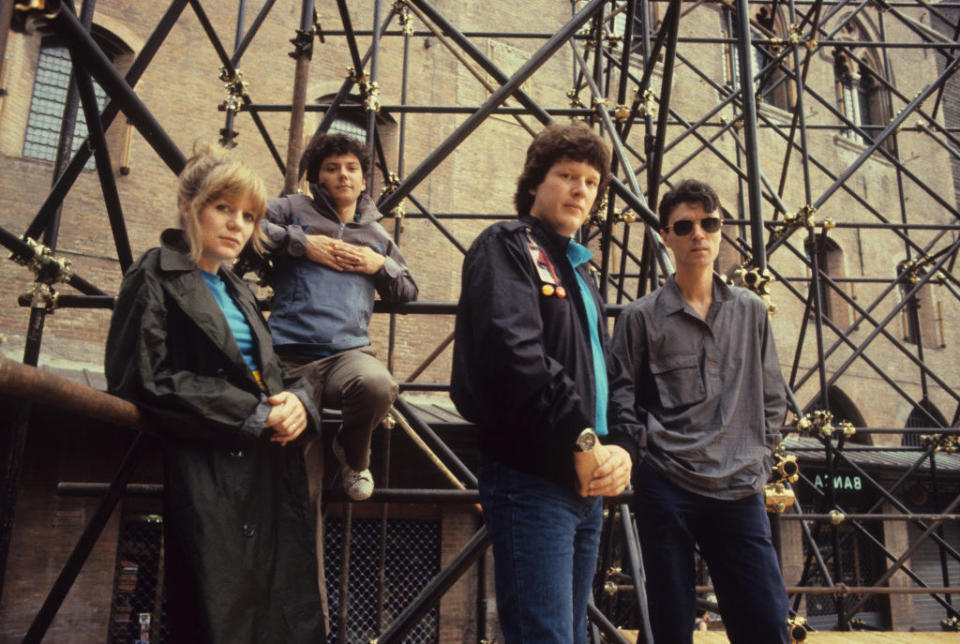
Listen to "Psycho Killer" here:
4.The "Midnight Train to Georgia" was actually headed to a different location when it was first written! In 1970, Jim Weatherly wrote a song called "Midnight Plane to Houston." He got the idea after overhearing his friend Lee Majors on the phone with his girlfriend Farrah Fawcett. Fawcett had told Majors that she was going to take "the midnight plane to Houston" to go visit her parents. The conversation stuck with Weatherly, and he wrote the song "Midnight Plane to Houston" in about 45 minutes, with Majors and Fawcett being the main characters.
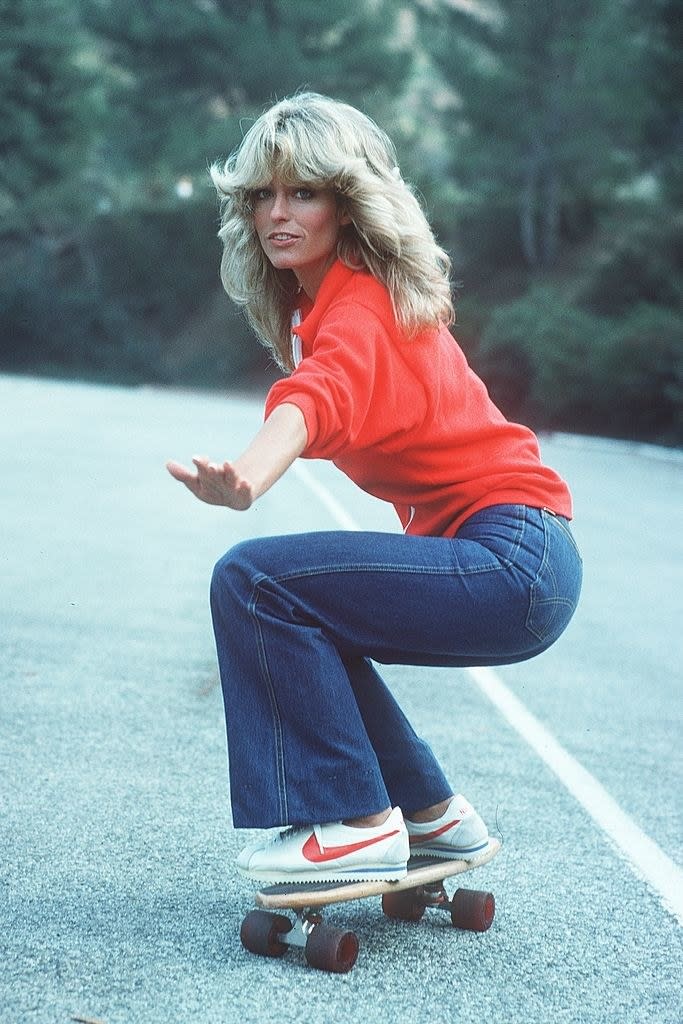
When producers heard the song, they loved it and wanted to give it to Cissy Houston, but asked Weatherly to change the location because of Houston's last name. The song was changed to mention Georgia and a train instead of a plane, and Houston recorded it. A few years later, the song was given to Gladys Knight & the Pips, who recorded their own version of the track. Their cover became a smash hit, reaching No. 1 on the Billboard Hot 100 and winning a Grammy Award for Best R&B Vocal Performance by a Duo, Group, or Chorus.
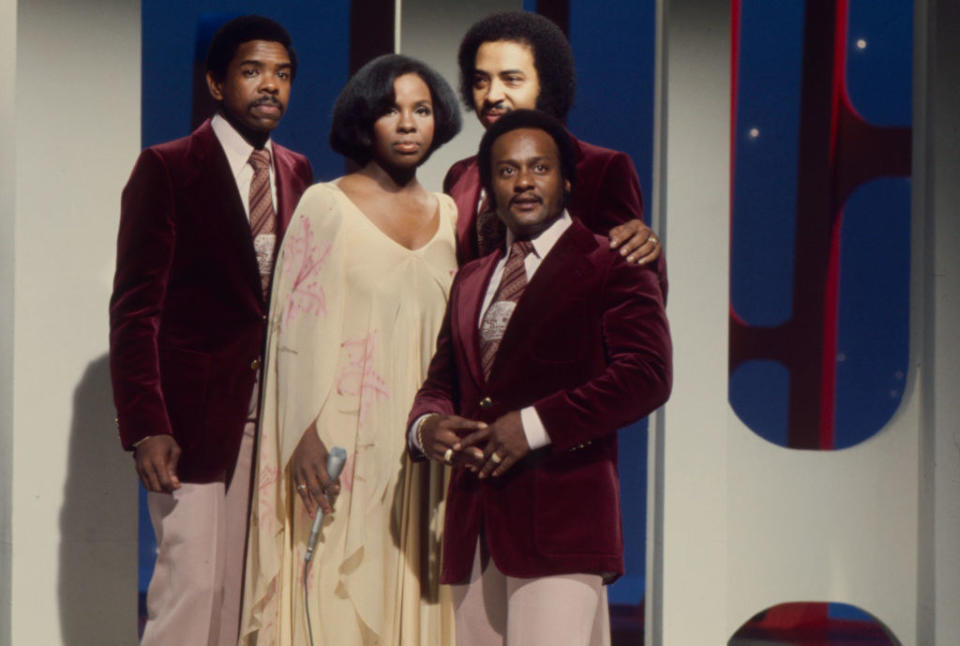
Listen to "Midnight Train to Georgia" here:
5."Good Vibrations" is one of the Beach Boys' most famous songs. In fact, Brian Wilson, the band member who wrote the song, called it "his whole life performance in one track." Wilson got the inspiration to write the song from his mother, who used to tell him that dogs could pick up vibrations about people's demeanor. "She told me about dogs that would bark at people and then not bark at others, that a dog would pick up vibrations from these people that you can’t see but you can feel," he said.
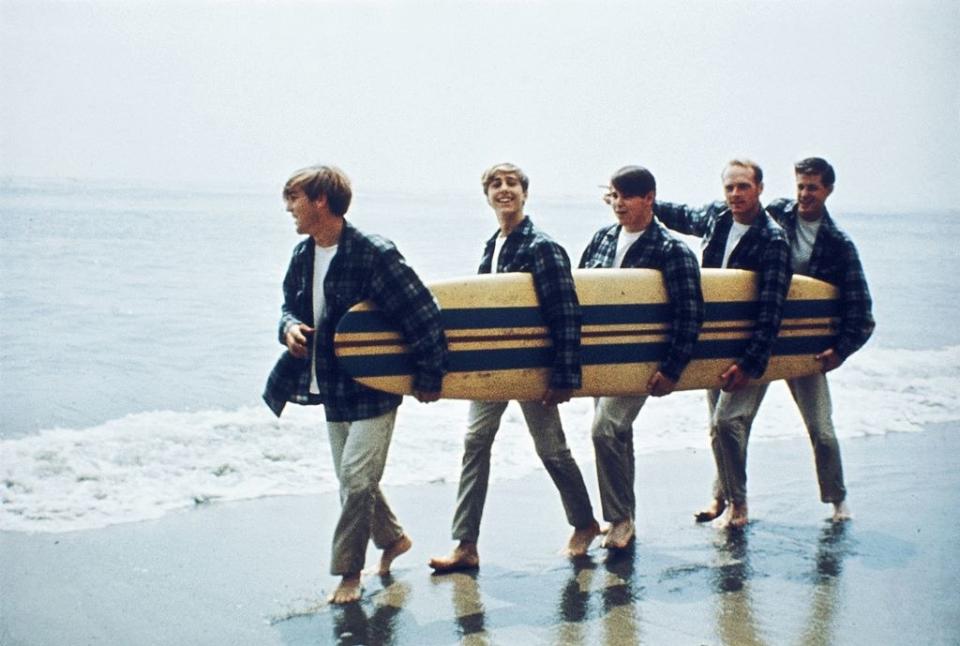
Wilson took this concept and applied it to people but used the word "vibes" instead of "vibrations." After several people convinced Wilson to switch the song back to "vibrations," fellow band member Mike Love put the finishing touches on the song. While recording the track, they used an electro-theremin. A typical theremin makes sound by picking up on the vibrations from someone moving their hands above the musical instrument. The electronic version used the same principles but related them to spinning a knob. The band members thought that the use of the vibrations with the theremin paired perfectly with the song's theme. "Good Vibrations" ended up being the most expensive single ever produced at the time and reached No. 1 on the charts in several countries.
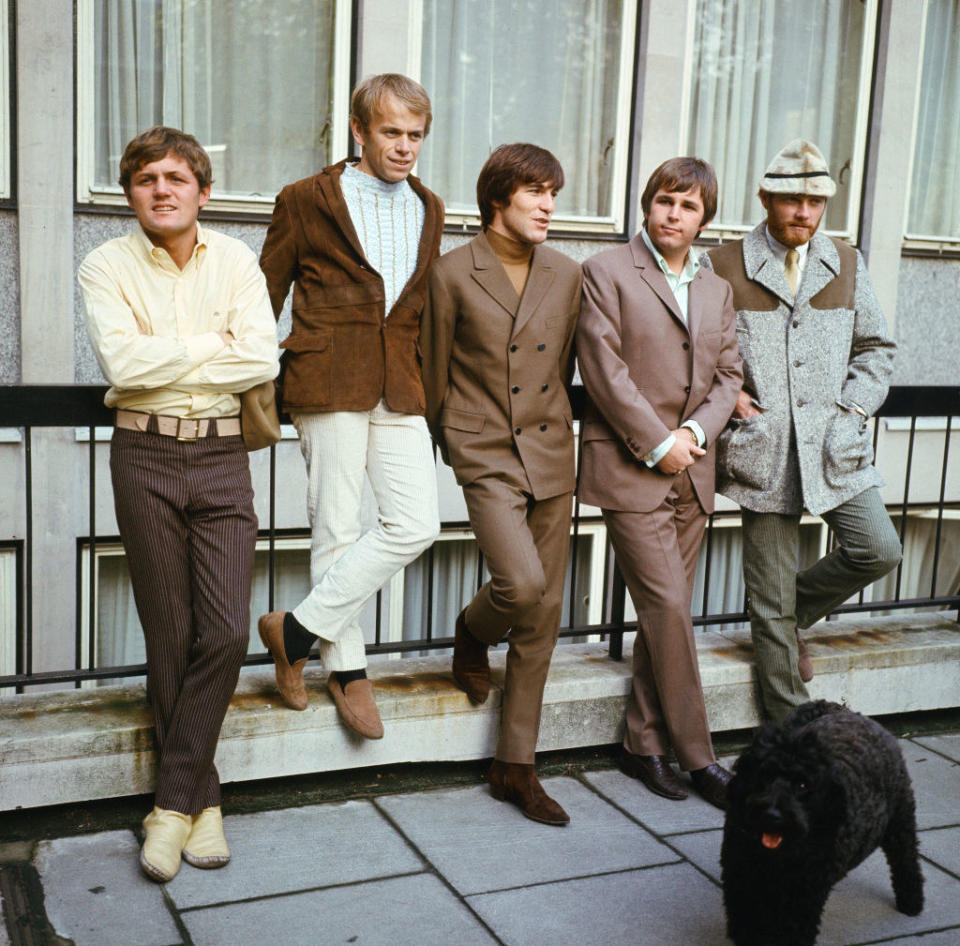
Listen to "Good Vibrations" here:
6.While the lyrics of the 1972 hit song "Brandy (You're a Fine Girl)" by Looking Glass certainly seem as if they're inspired by history, Elliot Lurie, the band's guitarist and singer, said that any parallels to history were a mere coincidence. The song is about a fictional woman who works at a bar who, despite getting attention from many men, pines for her love, who left her because he claimed that his true love was the sea. Many believed that Looking Glass were inspired by the story of Mary Ellis while writing this song. Ellis was a woman from New Brunswick, New Jersey, who fell in love with a sea captain. When he left her for the sea, he promised her that he would marry her when he returned, but he never came back.
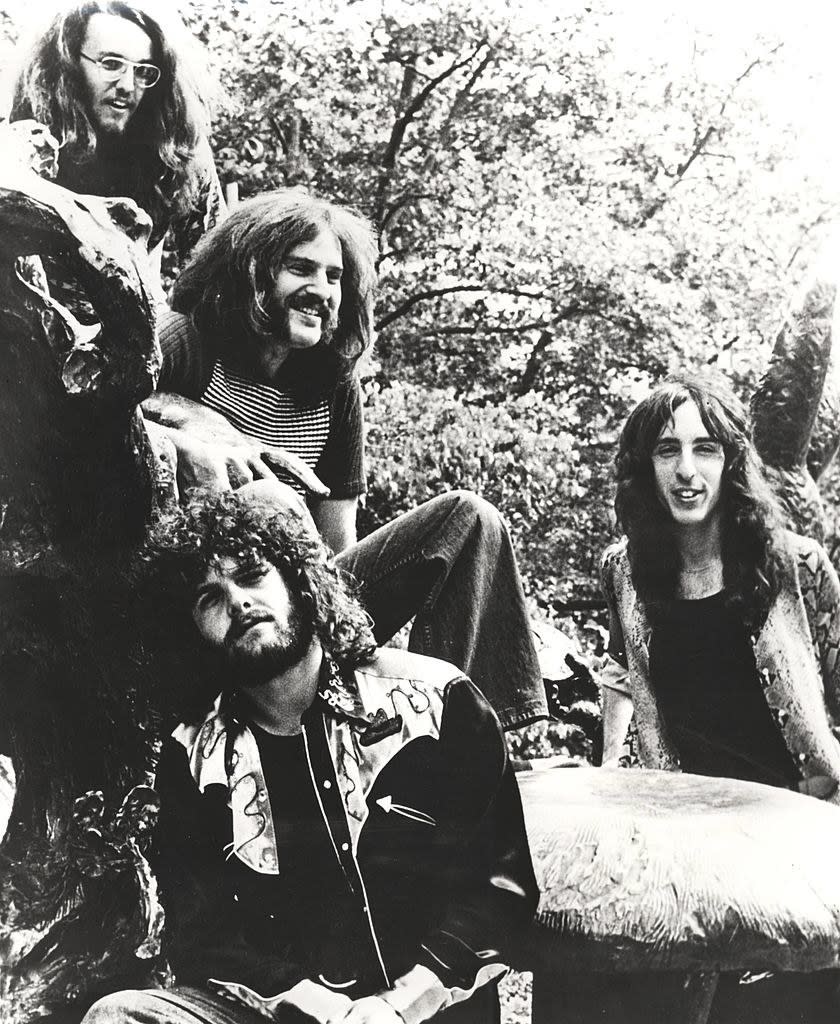
Ellis's story is apparently a New Brunswick legend, and her grave is even located right behind an AMC movie theater. To make things even more interesting, the members of Looking Glass are from New Jersey. Case closed, right? Except that Lurie told the Tennessean that he had never heard the story about Ellis. Instead, the song was inspired by his high school girlfriend, who was named Randy. When asked about Ellis's story, Lurie said that it did not play a role in writing his song. "If that story is true, it’s a remarkable coincidence," he said.

Listen to "Brandy (You're a Fine Girl)" here:
7.Some believe that singer Sam Cooke eerily predicted his own death in his song "Frankie and Johnny." The song was based on two women, both named Frankie, who killed their husbands in the 1800s. Cooke recorded his own version of the song, which had been around for decades at that point, in 1963. The song's lyrics include, "Frankie reached down in her pocketbook / And up with a long .44 / She shot once, twice, three times / And Johnny fell on the hardwood floor."
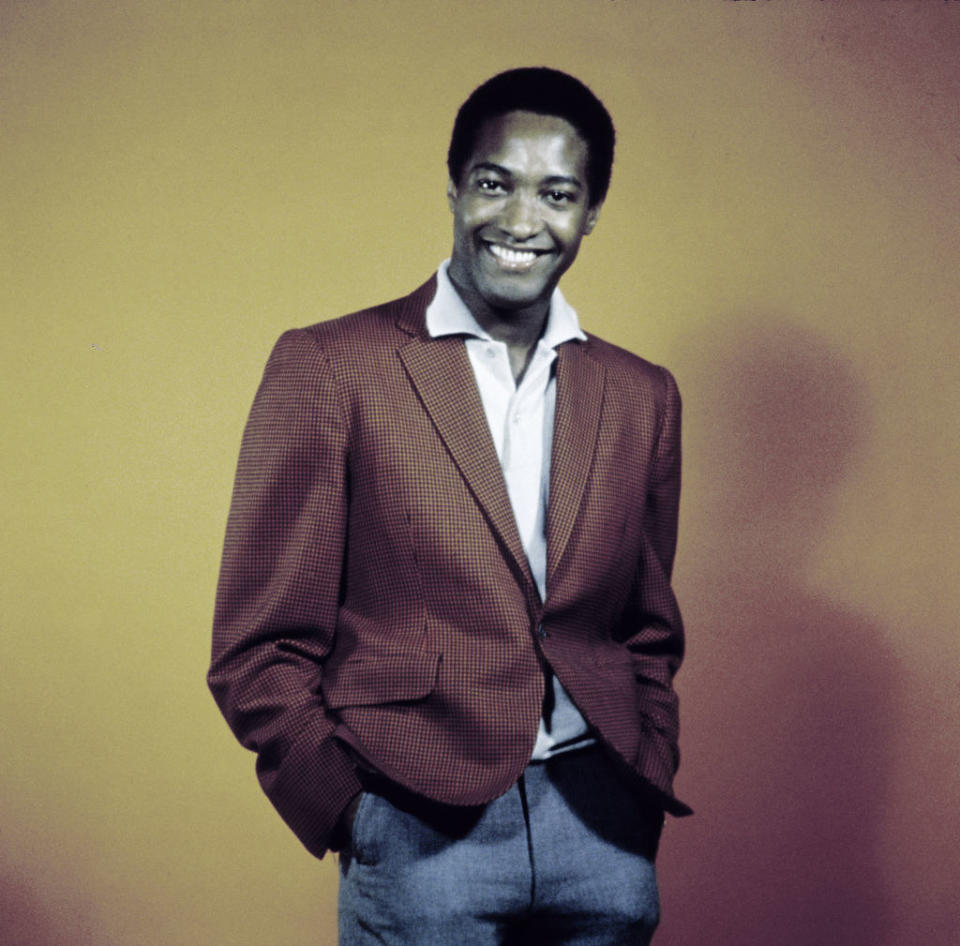
The next year, in December 1964, Cooke took a woman back to a motel room. A fight allegedly occurred between the two, and the woman took Cooke's clothes and ran out of the room. She would later testify that he had tried to rape her. Cooke, who had reportedly been drinking, asked the hotel manager if he could search her office for his clothes. She refused and shot Cooke three times, killing him.

Listen to "Frankie and Johnny" here:
8.During the 1985 NFL season, the Chicago Bears were a dominating force on their way to a win in the Super Bowl. In December 1985, the team recorded "The Super Bowl Shuffle," a hype song, ahead of the team's playoff run. The song was released to much fanfare and ended up reaching No. 41 on the Billboard Hot 100 by February 1986, just in time for the Super Bowl. The team promised that the proceeds from the song would go to charity, and even included the line, "Now, we're not doing this because we're greedy / The Bears are doing it to feed the needy," in the song.
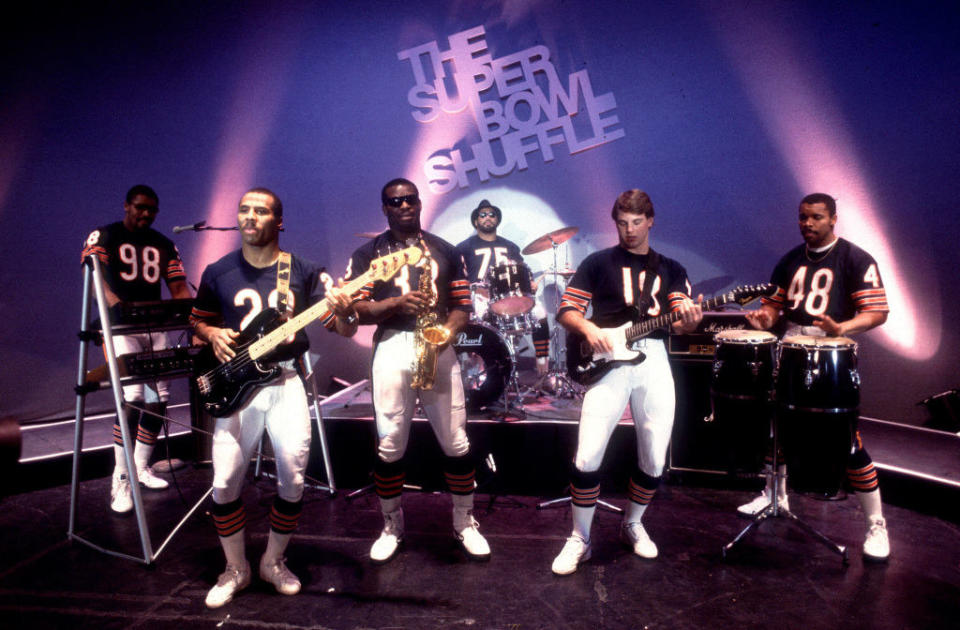
In 1987, "The Super Bowl Shuffle" was nominated for a Grammy for Best R&B Performance by a Duo or Group With Vocals but lost to Prince's "Kiss." The song's success inspired tons of imitations from other NFL teams and even spawned pop culture parodies. In 2010, seven of the team members reunited to film a new version of the song, which was used as a Super Bowl commercial for Boost Mobile.
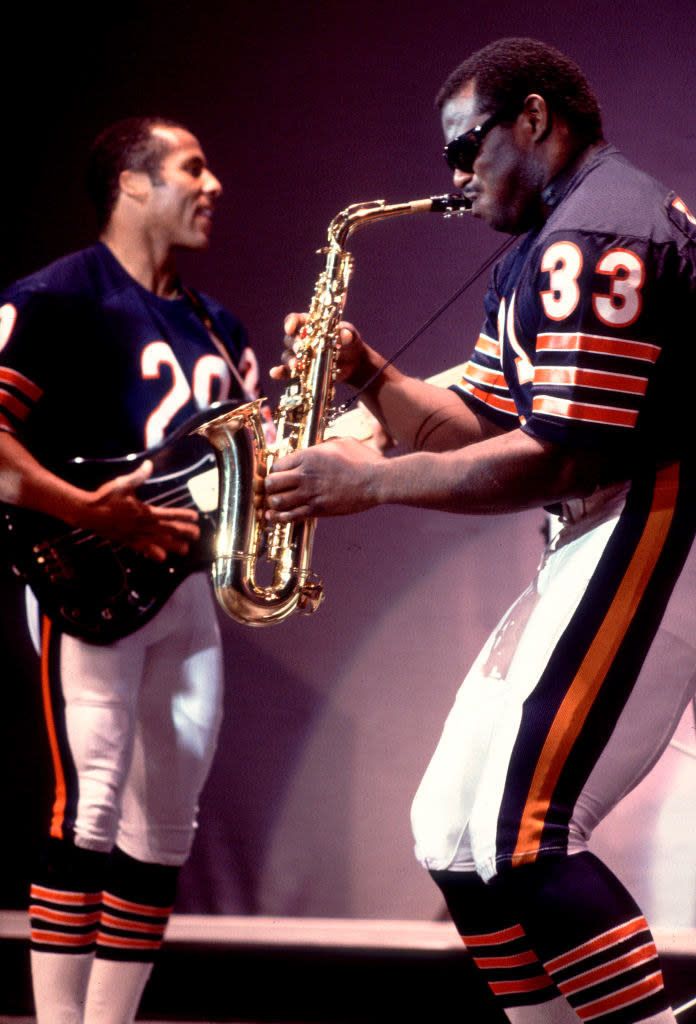
Listen to "The Super Bowl Shuffle" here:
9.When filmmakers were adapting the songs from the stage version of Grease for the film, they decided to make a few tweaks to some of the lyrics. The song "Look at Me, I'm Sandra Dee" originally included a lyric that referred to Sal Mineo, a teen heartthrob who had been stabbed to death in 1976. They decided to change the song lyrics out of respect for Mineo's memory, and replaced the mention of him with the line, "Elvis, Elvis, let me be. Keep that pelvis far from me."
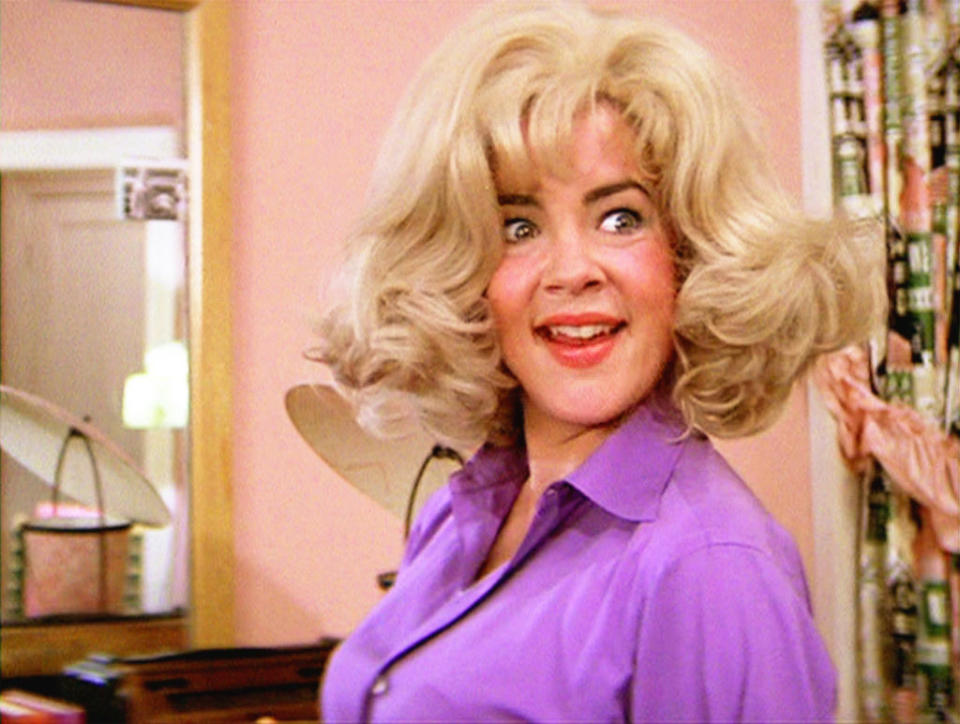
Production scheduled the shoot for the "Look at Me, I'm Sandra Dee" scene on Aug. 16, 1977, which just so happened to be the day Elvis Presley died. Randal Kleiser, who directed the movie, said that the whole crew knew about Presley's death while filming the scene, and found the entire situation to be rather chilling. "We did this number, and everybody kind of looked at each other like, 'Yeah, this is creepy.'"
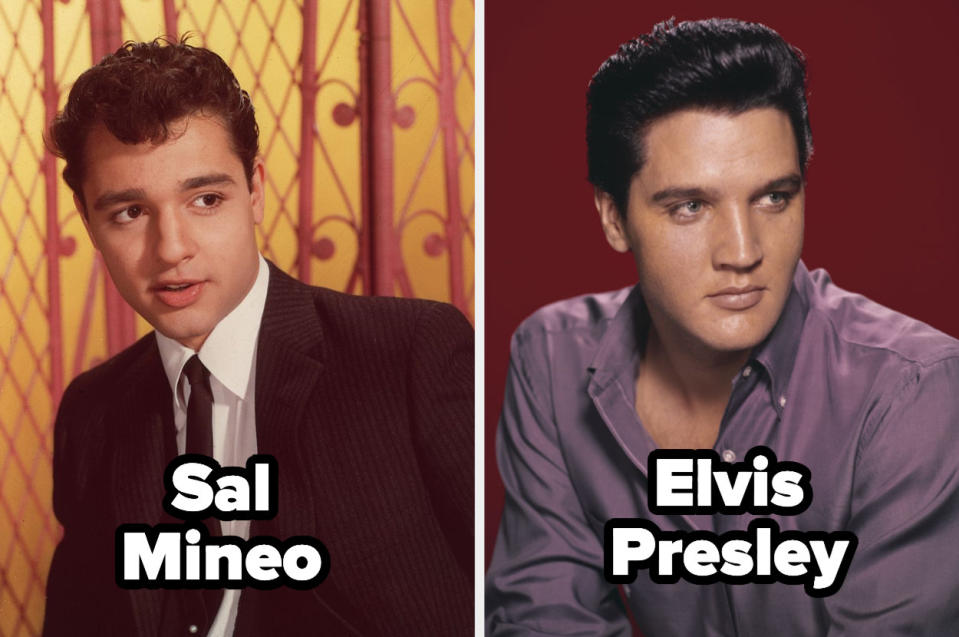
Listen to "Look at Me, I'm Sandra Dee" here:
10.In 1976, the Band (yep, that's their actual name) were preparing their farewell concert, which was set for Thanksgiving night in San Francisco. The concert was being filmed by Martin Scorsese for a documentary called The Last Waltz. The Band invited tons of their famous friends to perform at the show, including Van Morrison, Joni Mitchell, Bob Dylan, and Neil Young.
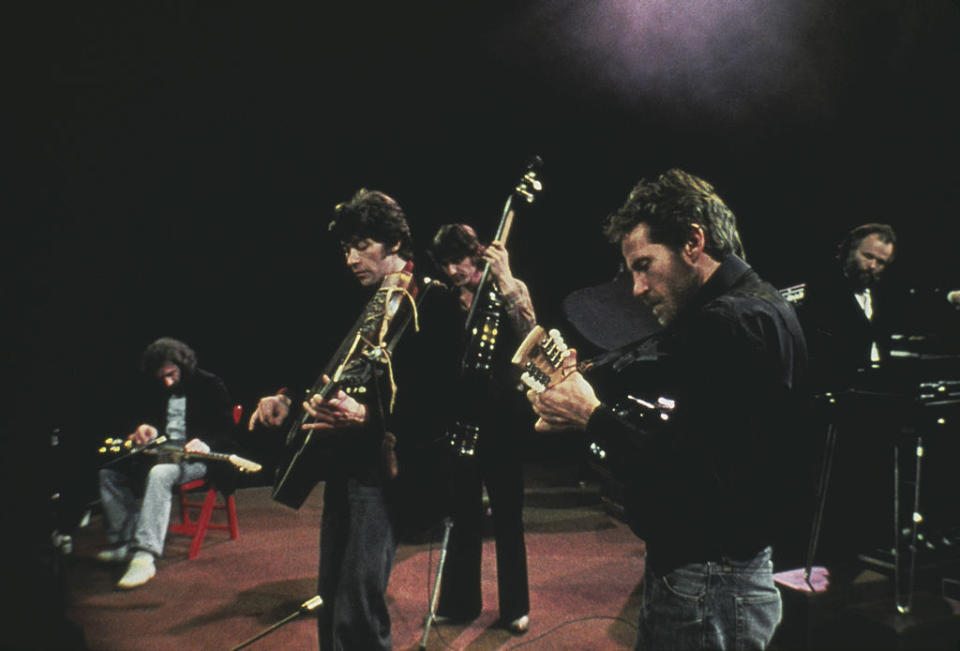
Before Young was slated to perform, he allegedly partook of some cocaine backstage. As he performed his song "Helpless," cocaine residue was hanging from his nostril. Once the filmmakers started reviewing the footage, they found that the cocaine was completely unmissable. Young's manager demanded that Scorsese find some way to edit it out. Scorsese refused and told the manager that it looked more "rock 'n' roll" that way. However, at some point, Scorsese was convinced to edit the footage.
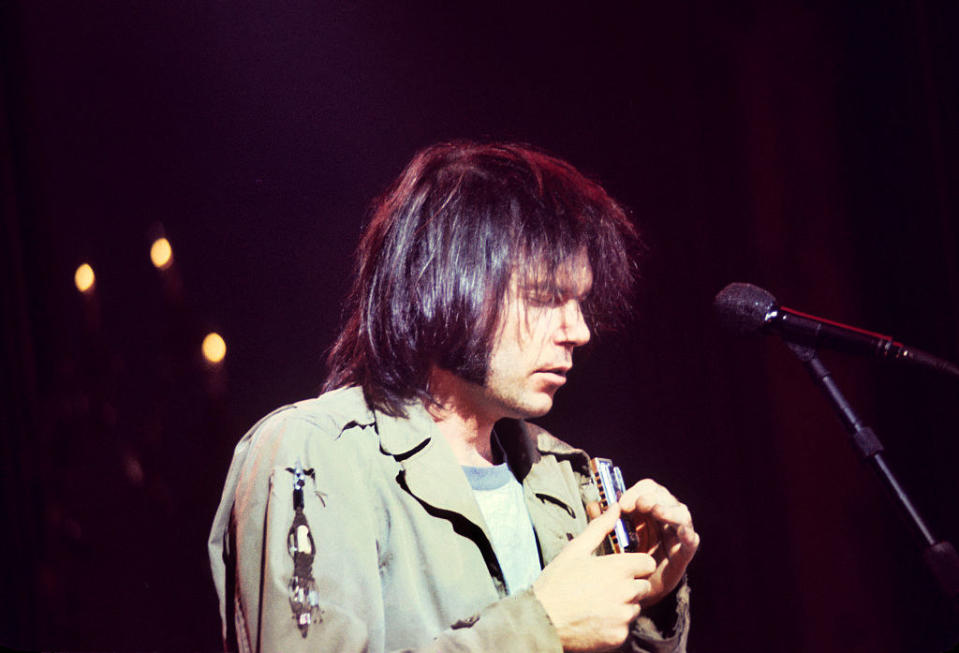
The issue? There was no CGI back in 1976, and editing Young's nose proved to be a bit more difficult than expected. They eventually created what became known as "the traveling booger matte," an effect that hovered over Young's nose as he performed. Robbie Robertson, a member of the Band, joked that it was "the most expensive cocaine [Young] ever bought."
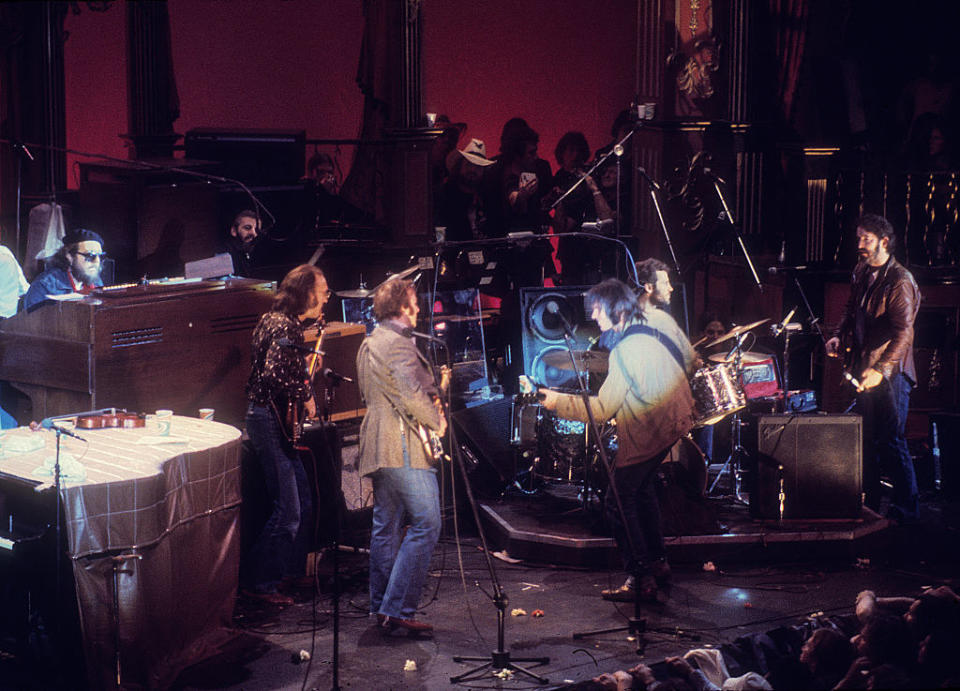
Listen to "Helpless" here:
11.The Rolling Stones' song "Sympathy for the Devil" was written from the perspective of Satan. The song's lyrics discuss events like the life and death of Jesus Christ, the Russian Revolution, World War II, and the assassination of President John F. Kennedy. The song originally included the line, "I shouted out, 'Who killed Kennedy?'" While they were recording the track in 1968, Robert Kennedy was assassinated. As a result, the band changed the original Kennedy reference to "Who killed the Kennedys?"
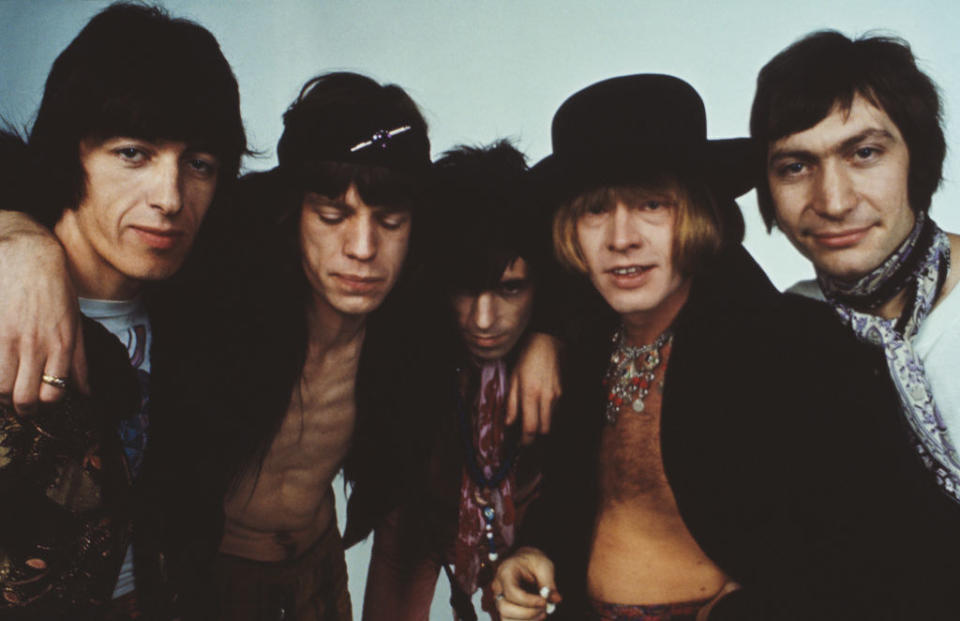
The song also added to the speculation that the Rolling Stones were involved with the occult. The band had already released an album called Their Satanic Majesties Request. The album was supposed to compete with the Beatles' Sgt. Pepper’s Lonely Hearts Club Band, which featured psychedelic rock. The Stones originally wanted the album art to feature a photo of Mick Jagger naked and nailed to a cross, but their label nixed the idea. Of course, both Jagger and Keith Richards added fuel to the fire, with Jagger ripping off his shirt to reveal a Lucifer tattoo during a TV special, and Richards telling Rolling Stone magazine that he believed "everybody should give Satan a try."
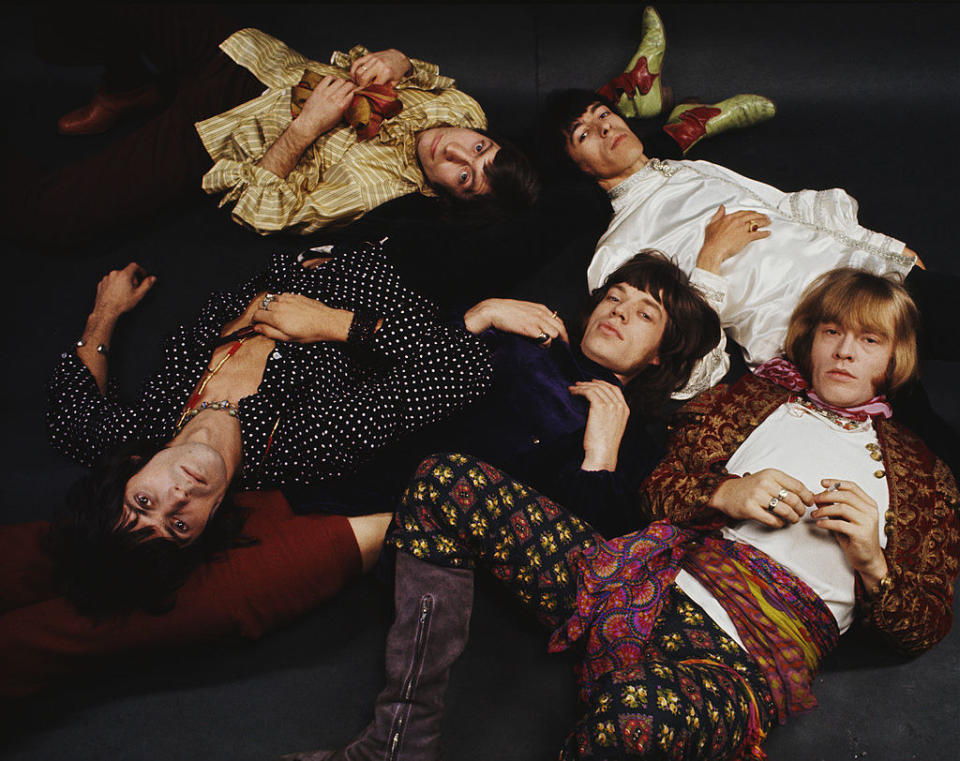
Listen to "Sympathy for the Devil" here:
12.While many people have speculated that Elton John's classic song "Rocket Man" either is about drug use or was written as a response to David Bowie's "Space Oddity," the singer and his songwriting partner Bernie Taupin actually revealed that Taupin was inspired by “The Rocket Man,” a 1951 short story by Ray Bradbury, who was famous for writing Fahrenheit 451. "[That story] was about how astronauts in the future would become sort of an everyday job," Taupin said. "So I kind of took that idea and ran with it."
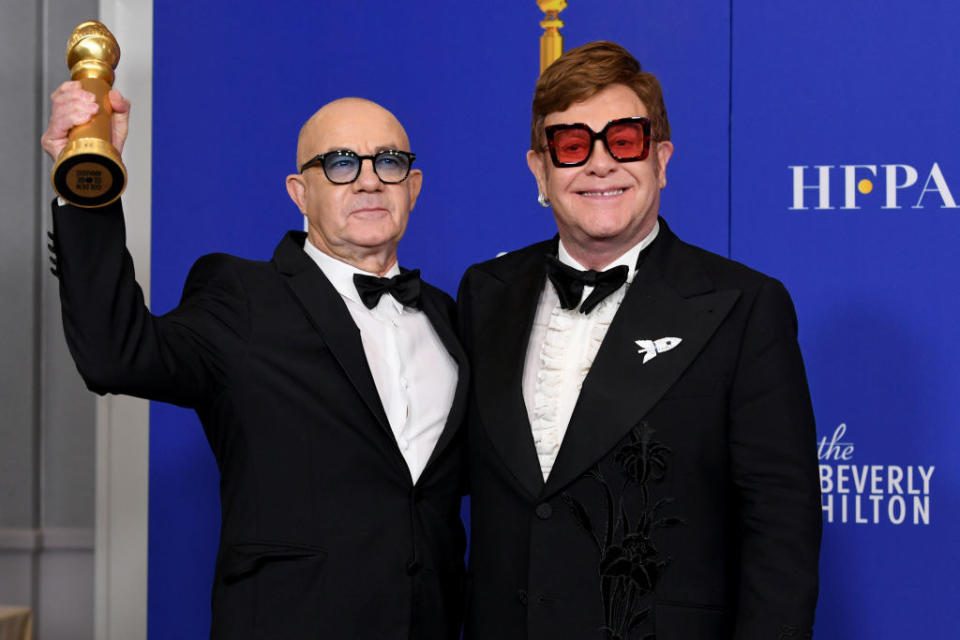
Taupin added that he originally thought of the lyrics while driving through the English countryside during a visit to see his parents. In a 2016 interview, John admitted that he actually had no idea Taupin was inspired by the story when writing the song. "Rocket Man" reached No. 6 on the Billboard Hot 100 when it was released in 1972. By 2022, the song had been certified double platinum.
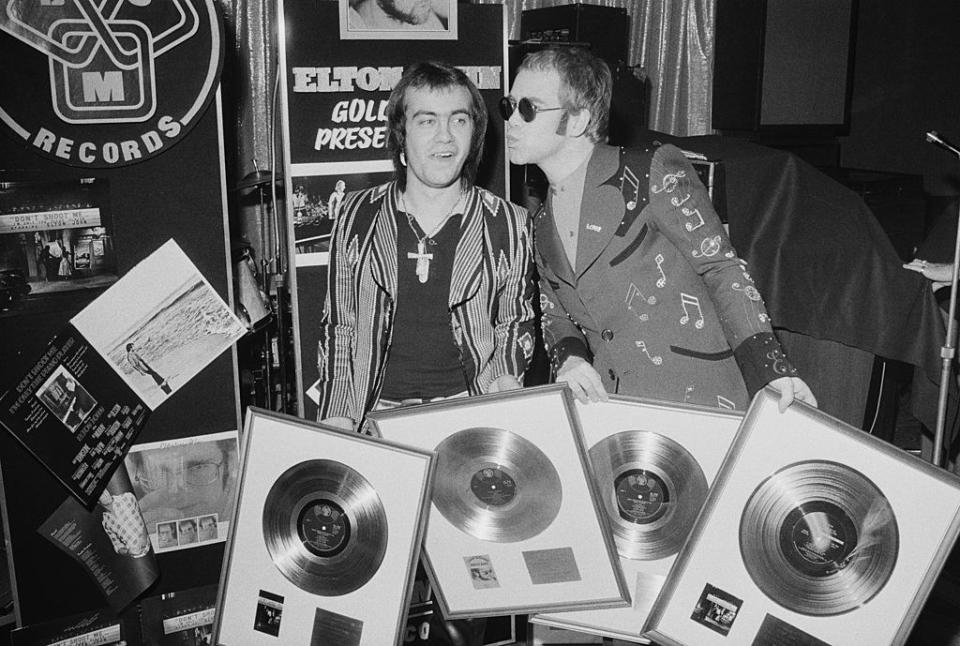
Listen to "Rocket Man" here:
13.Billy Joel is best known for his song "Piano Man," during which he describes the eclectic cast of characters he meets while performing at a bar. Turns out, many of the people mentioned in the song were people Joel knew IRL! In 1972, Joel decided he needed to take a break from New York after getting in an argument with his record company and moved to Los Angeles. Unable to record elsewhere because of his contract, he took a gig as a lounge singer at a bar, where he performed as "Bill Martin" to avoid being recognized.

Joel ended up writing "Piano Man" after getting to know some of the bar's regulars. He said that Paul, described in the song as a "real estate novelist," was based on a man named Paul who sat at the bar and claimed he was writing what was sure to become a modern classic. "John at the bar" was the bartender Joel worked alongside, while "the waitress practicing politics" refers to Elizabeth Weber, Joel's first wife, who waited tables at the lounge. The song's success surprised Joel. "The melody is not very good and very repetitious, while the lyrics are like limericks," he told Metro. "I was shocked and embarrassed when it became a hit. But my songs are like my kids, and I look at that song and think, My kid did pretty well."

Listen to "Piano Man" here:
14.In 1993, the band Soul Asylum released the song "Runaway Train." The song, which had been written in just one sitting by band member Dave Pirner, became a hit for the group, so they decided to capitalize on the song's success with a music video. Instead of filming a typical music video, the band decided to use it as an opportunity to show the names and pictures of missing children.
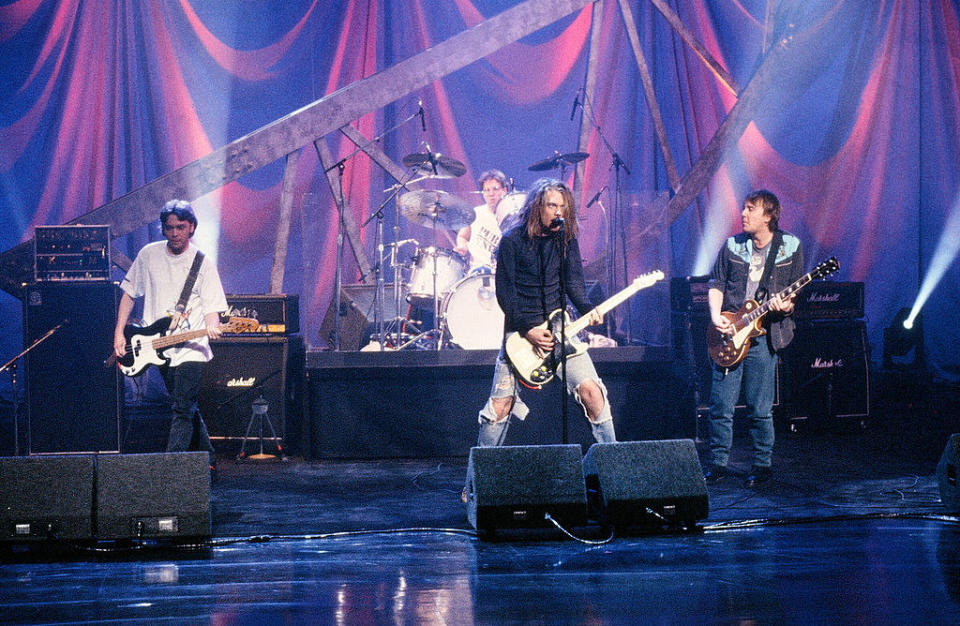
Columbia Records initially vetoed the idea but ended up permitting it in the end. Soul Asylum partnered with the Center for Missing and Exploited Children to make the video, which ended with this message: "If you’ve seen one of these kids, or you are one of them, please call this number." Several versions of the video were made for other countries, featuring different missing children. “They did a version in Canada, and they did a version in England, and it really kinda caught on in a public service announcement sort of way," Pirner said. "Its heart was really in the right place."
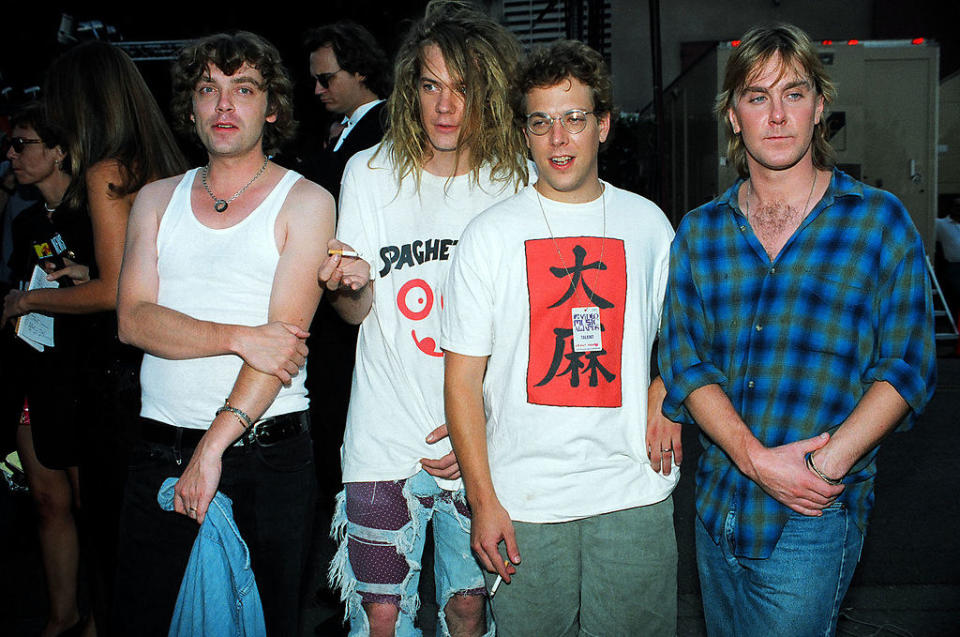
As a result of the video, 25 of the 36 children who had been featured were found, and many of them were reunited with their families. “To me, I couldn’t believe you could actually transcend the music video and have it cross over into real life," Pirner said. "It was a really cool experience to realize that — wow! — there is the potential for entertainment to have a positive effect on the real world. And that’s something that probably doesn’t happen enough."

Listen to "Runaway Train" here:
15.In the fall of 1967, Otis Redding underwent throat surgery. He was worried that he wouldn't be able to perform the same way after the surgery, and decided he was going to write a song that suited his new voice. He wrote "Sitting on the Dock of the Bay" in November 1967 and was so excited about it that he called his guitarist to come to the studio immediately so they could get to work. His record label said they didn't think the song would do well because it didn't fit squarely into any genres.
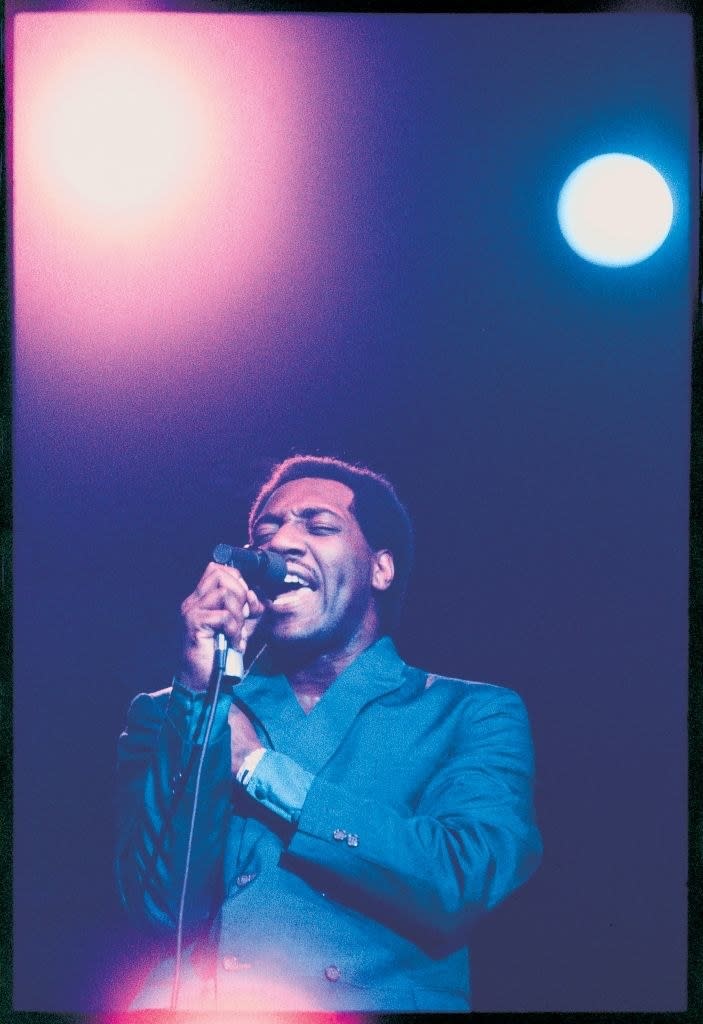
On Dec. 10, just weeks after recording "Sitting on the Dock of the Bay," Redding died in a plane crash. His record label decided to release the song, which was slightly incomplete. Although his guitarist had been instructed to tweak the song before it could be released, he sent it back as Redding had left it, and the label agreed to release it as is. "Sitting on the Dock of the Bay" performed incredibly well, becoming Redding's first Billboard No. 1 song. Redding even won two posthumous Grammys for the song.
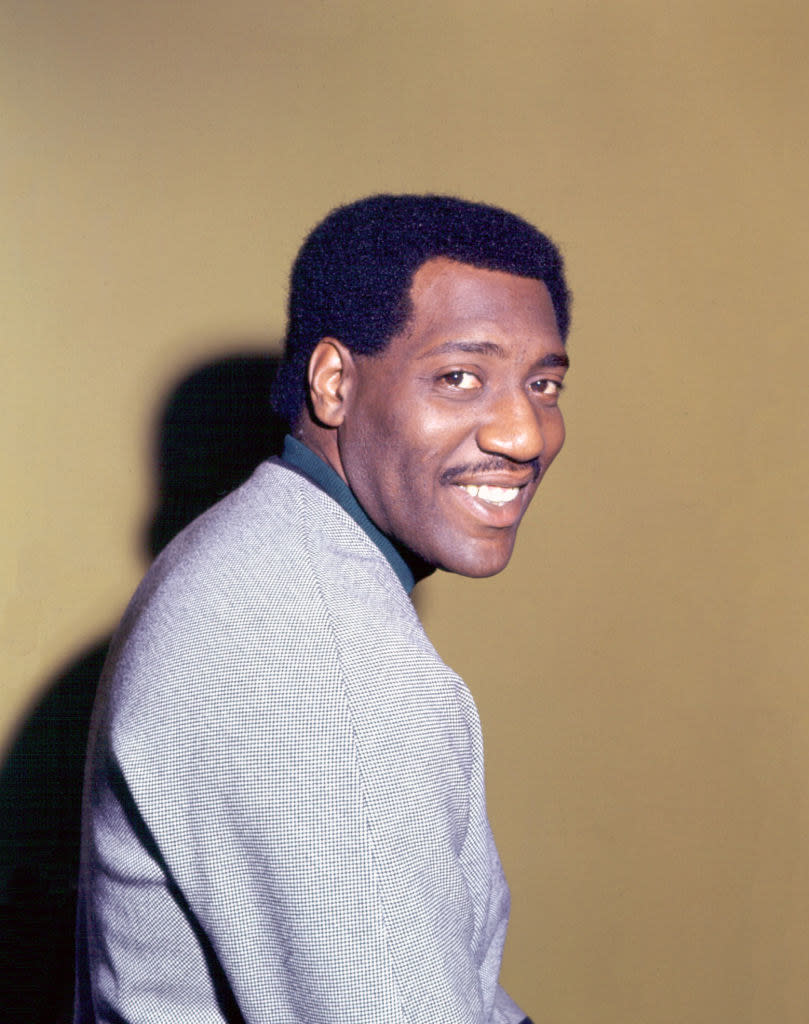
Listen to "Sitting on the Dock of the Bay" here:
16.And finally, It took Norman Greenbaum just 15 minutes to write the lyrics for his song "Spirit in the Sky" in 1968. The song became an instant hit and has since been featured in more than 30 commercials and 60 films. Greenbaum told the New York Times that he makes at least $10,000 every time the song is used in media. “Well, it’s not like it’s made me rich," he said. "But because of 'Spirit in the Sky,' I don’t have to work. So in that sense, it’s a comfortable living.”
